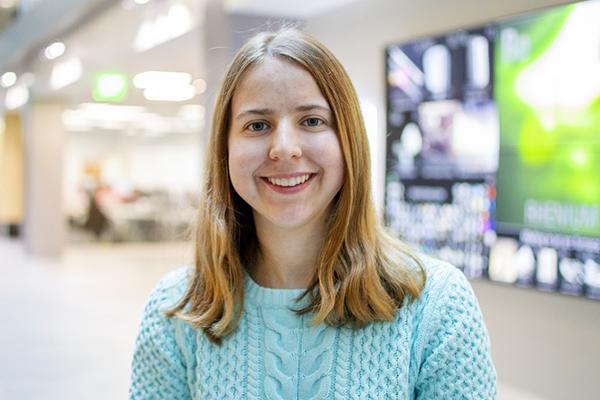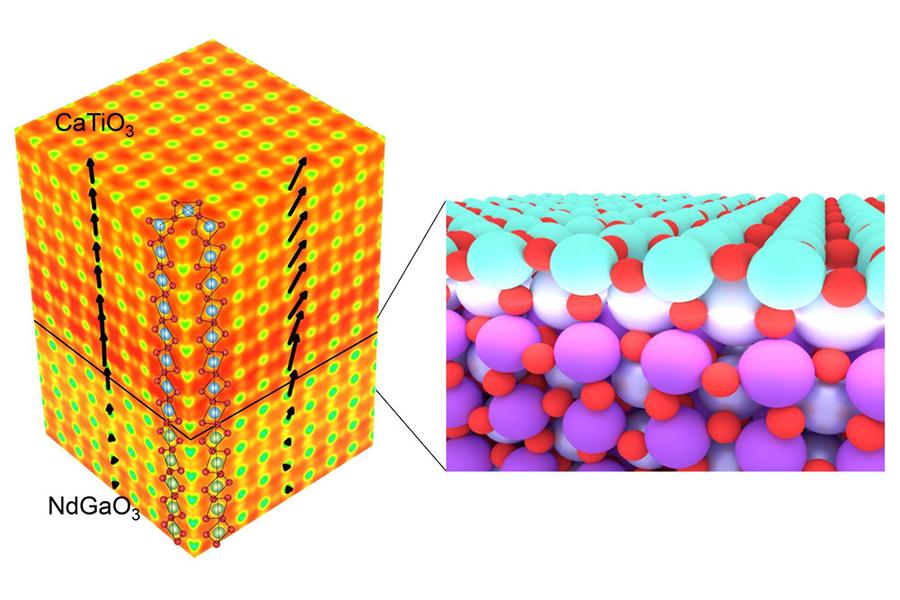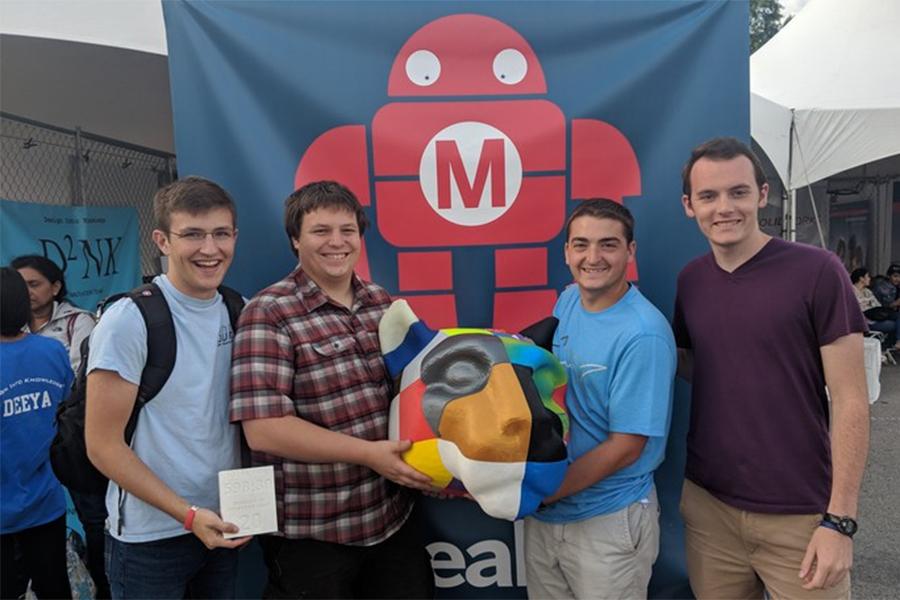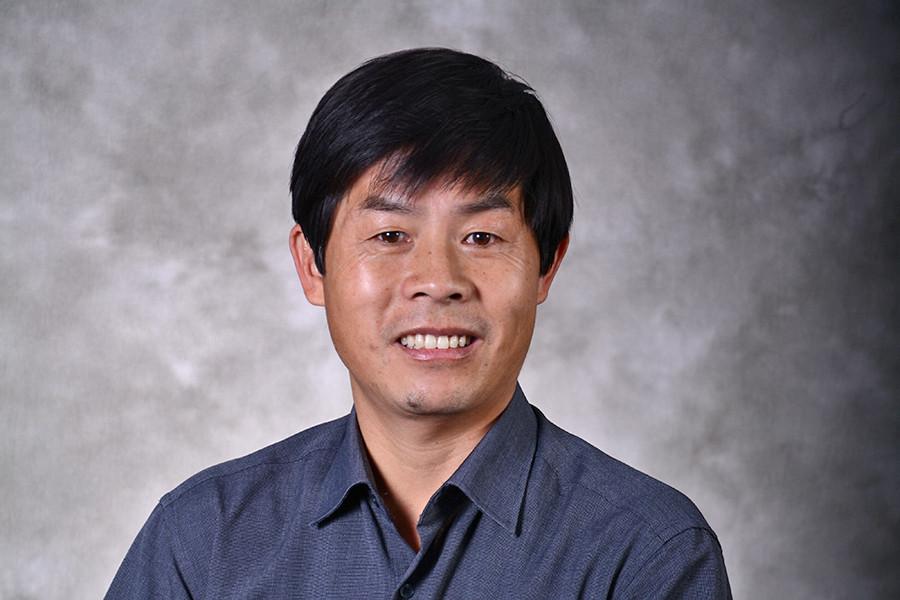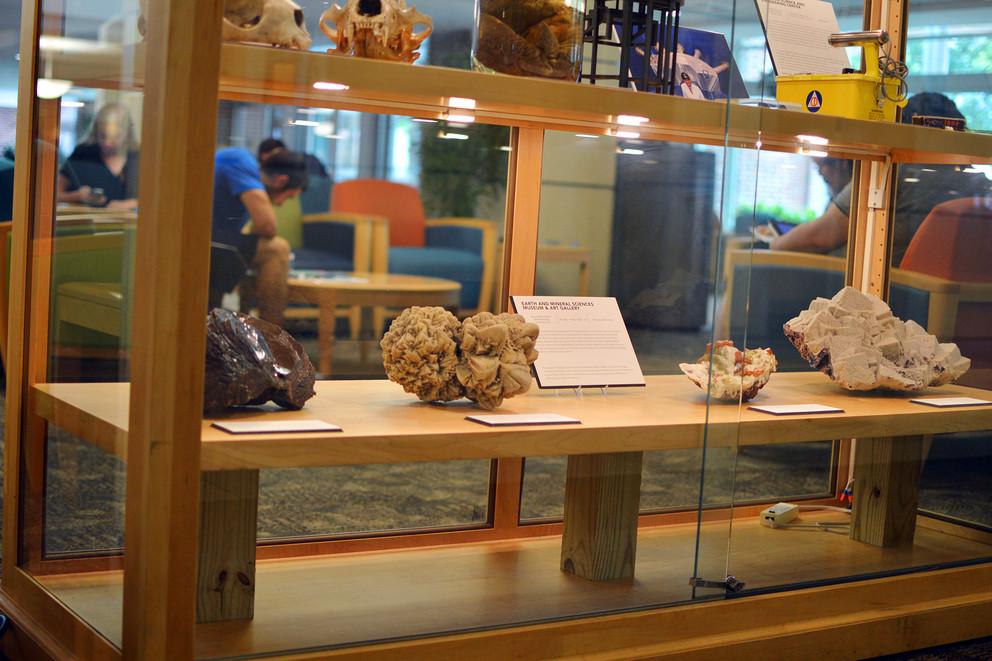Katelyn Adkison will represent the College of Earth and Mineral Sciences as its student marshal at Penn State's fall 2018 undergraduate commencement ceremony.
Penn State researchers were among a team of international scientists whose work on a new climate assessment of North America provides a better understanding of the carbon cycle.
A team of materials scientists from Penn State, Cornell and Argonne National Laboratory have, for the first time, visualized the 3D atomic and electron density structure of the most complex perovskite crystal structure system decoded to date.
An undesirable trait found in traditionally processed superalloys does not exist in a 3D-printed, nickel-based superalloy, according to a team of materials scientists who think this could lead to new manufacturing techniques that allow for alloys with tailored properties.
In 1942, Heinz Warneke sculpted the famous Nittany Lion Shrine from a 13-ton block of Indiana limestone. Seventy-six years later, the Penn State 3D Printing Club printed a multi-colored head of the Nittany Lion using 20 different filament materials.
The John and Willie Leone Family Department of Energy and Mineral Engineering (EME) is hosting a Winter Open House from 2 to 4 p.m. on Monday, Dec. 10, in the Hosler Building. All faculty and staff in the College of Earth and Mineral Sciences are invited to come to enjoy some holiday treats and visit with one another.
Professor Fuqing Zhang in Penn State’s College of Earth and Mineral Sciences has been elected as a 2018 Fellow of the American Geophysical Union. Fellows are selected based on their exemplary leadership abilities and research contributions in the Earth and space fields.
Penn State’s University Museum Consortium is hosting a public reception to celebrate Eclectic Collections, a collaborative exhibit between University museums and galleries. The reception will be held from 5-7 p.m. on Dec. 3 in the HUB-Robeson Center’s Art Alley. The exhibit, which began in September, runs through Jan. 5, 2019.
Existing methods for recording and modulating neurons in the brain are either highly invasive or yield results with low spatiotemporal resolution. Mehdi Kiani, Dorothy Quiggle Assistant Professor of Electrical Engineering at Penn State, is working to change that.
Ancient wildfires played a crucial role in the formation and spread of grasslands like those that now cover large parts of the Earth, according to scientists at Penn State and the Smithsonian National Museum of Natural History.


